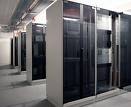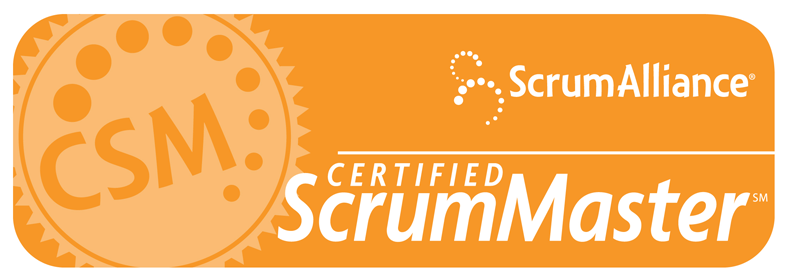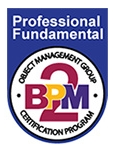
I started with Linux as operating system many years ago. Along with my study of computer science I played around with a linux installation at home. Later, I gained enough administration skills to be able to earn some money delivering small Linux installations for several SMEs. As time passed, technology evolved and my focus of interests changed, I changed the installation at home several times. The last change has been performed by me this weekend. Let me share some thoughts about it. The post will be full of abbreviations, so be prepared to get a buffer over flow – but this is a part of the game…
The reason for my first home Linux installation was to provide access to the Internet from multiple home computers. It was at time of analog modems and 10Mbit ethernet over coaxial cable. As soon as high speed Internet over ISDN was available (and cheap enough), I changed to that emerging technology. The basic setup of the Internet gateway was a computer with a bunch of IPChains scripts on it. Later ISDN was replaced by ADSL, but in essence the gateway remained the same.
Around seven years ago, I had two servers running at home: a gateway and a fileserver. I never invested in server hardware at home. The hardware was the result of my administration activities – old crappy buggy stuff, bought on ebay, gathered by some customers during replacements etc… On the gateway machine (the smaller one), the self-configured IPTables scipts provided NAT firewalls rules, fetchmail gathered mail for all family members and saved it to a local quickmail installation (I had sendmail running too, but editing m4 files is not my passion), a DNS using Bind 8/9 provided local domain address resolution and DHCP was responsible for configuration of the local computers. I also played around with HylaFax and ISDN4Linux based Phone Answering Machine. It was really funny to have e.G. personalized (caller-id-based) messages for different people. The fileserver machine (the most performant one) was running Samba in PDC mode, and had (at most) two SCSI-U controllers and a doozen old cheap small loud SCSI drives connected to them. In addition, ProFTP server, Apache HTTP Server, MySQL, CUPS (for printing) were also running on the fileserver. I’ve never been a fan of compile-your-linux-yourself approach, but used SuSE distributions. I also played with Fli4L – a German mini Linux to be booted from a floppy. The advantage of that approach was the absence of a hard drive in the gateway, which is very silent then. Later, I also experimented with IPCop, a special Linux platform for the Internet gateway/firewall. The recent two-server-installation consisted of two Intel Pentium III machines, which consumed about 400 Watts of power. The fileserver machine had six SCSI hard drives and four IDE drives in it and weighted about 20 kg.
The first big technological change was the introduction of smart Internet-routers/Gateways by different vendors. So, I got rid of a self-configured NAT-firewall and shifted DNS/DHCP to my fileserver (renaming it just to server). The reason for that is – most DNS/DHCPs built into Internet gateways are silly and can not be compared to Bind name-daemon or ISC DHCP. The advantage of usage a standard device (like e.G. Fritz!Box) is a silent, low-power solution (one device for all instead of 3-5).
From that point on, I started to adjust the number of services running on the server. The first change was a shift from quickmail to postfix and IMAPd (from POP to IMAP). The next change was – from IMAPd at home to IMAP at Google. Now, I’m a massive user of Google Mail – both for gmail.com address and my own domains (see Google for your Domain offer). The next service, that became obsolete on the server was the printing subsystem. It was replaced by a small network printserver (first one from Lexmark, now HP JetDirect). But the real reason for elimintation of it is the independence of CIFS protocol for printing.
The next technological change was the introduction of cheap NAS (Network Access Storage) devices. This allowed to replace 10 old hard drives with one modern located in a small device with 15W power consumption and ethernet socket (like e.G. Buffalo LinkStation). As a result I could move the storage away from the Primary Domain Controller (PDC). The PDC is still needed, otherwise the lookups in “Network Neighborhood” could continue for minutes. In addition, I added some services needed for software developement: especially CVS and SVN repositories and Bugzilla.
As a result I could switch of the last Pentium III off and start up a small Pentium II (a 50W consuming Compaq). It runs DNS, DHCP and Samba for purposes of system infrastructure and Apache HTTPD (with PHP, DAV and Pearl), MySQL, SVN, CVS. In fact, I’m reasoning on buying a SSH access on a Internet-hosted machine (e.G. by domainfactory) and installation of Bugzilla and SVN there. In doing so, I’m following the trend from “IT infrastructure as property” towards “IT as a service”. I was also reasoning about getting rid of the NAS at home, but this is only reasonable with really high speed Internet.





